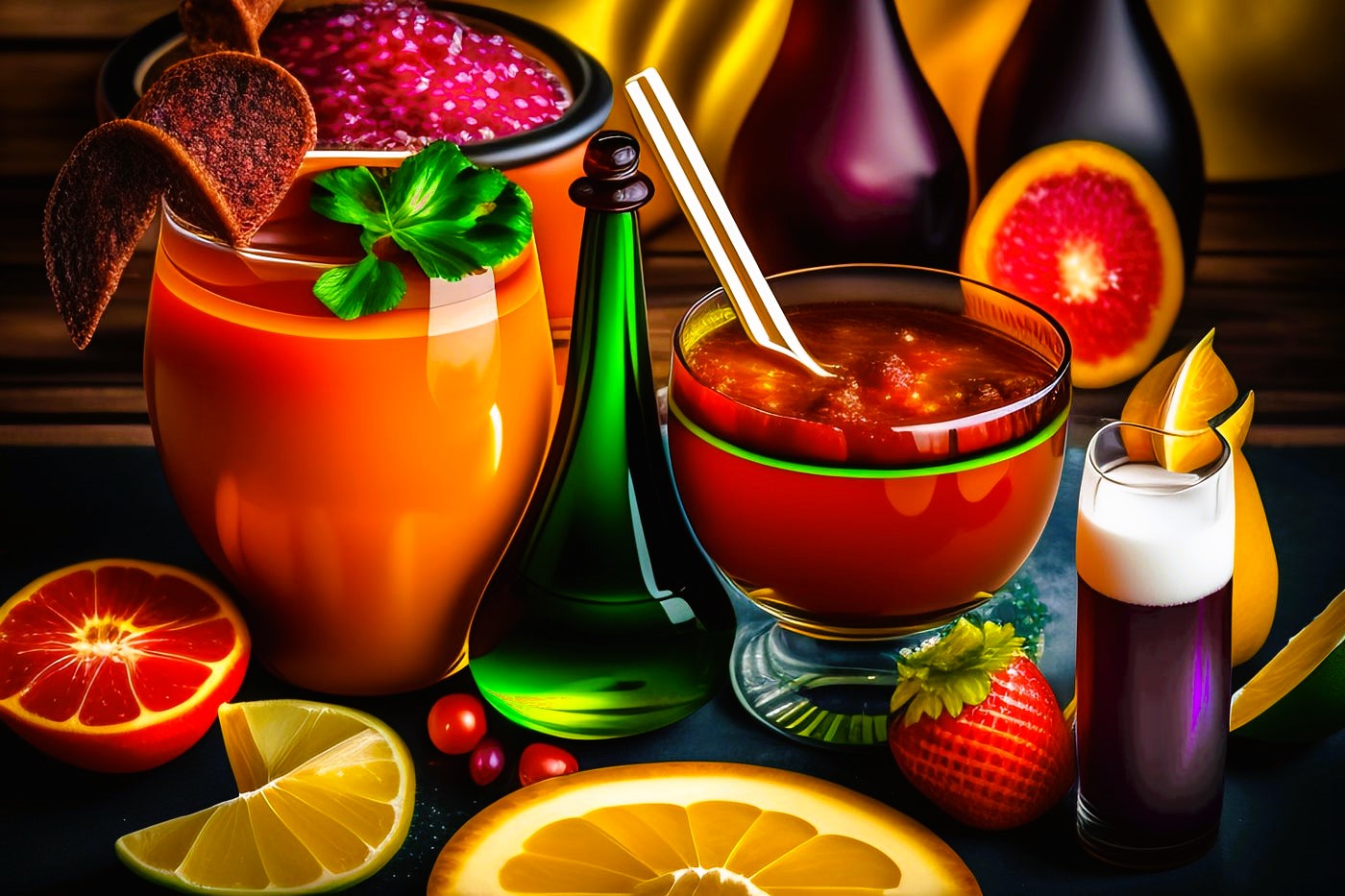Taste is more than just a simple sensation; it’s a complex interplay of sensory elements that create a symphony of experiences on our palates. From the first bite of a perfectly prepared dish to the lingering notes of flavor that dance on our taste buds, understanding the science behind taste opens up a world of culinary exploration. In this article, we’ll delve into the fascinating world of flavor, exploring the intricate mechanisms that define taste and how they influence our dining experiences.
The Role of the Taste Buds:
Our journey into the science of flavor begins with the taste buds – those tiny receptors that line our tongues. These taste buds are responsible for detecting the basic tastes: sweet, sour, salty, bitter, and umami. Each taste bud contains specialized cells that are sensitive to a particular taste sensation. For instance, sweet tastes are detected by cells that respond to sugars, while sour flavors trigger responses from cells attuned to acids.
But taste buds don’t work in isolation. Instead, they collaborate with other sensory elements to create the multidimensional experience we know as taste.
A Symphony of Senses:

While taste buds play a pivotal role, they don’t work alone. Our sense of taste is profoundly influenced by other senses, most notably smell, sight, and texture. The phenomenon of “flavor” is a fusion of taste, aroma, and mouthfeel.
Imagine biting into a juicy, ripe peach. Your taste buds detect the sweetness, but it’s your sense of smell that brings the full bouquet of fruity aromas to your consciousness. Sight matters too – vibrant colors can predispose us to certain flavors before we even take a bite. And let’s not forget texture – the crunch of a potato chip or the creaminess of a dessert can enhance or contrast with the overall taste experience. The dishes that define our national culinary identity are detailed in the article in acquaintance with Canadian cuisine.
The Neuroscience of Taste:
The science behind taste doesn’t stop at the surface. It extends deep into our brains, where neural pathways process and interpret the signals from our taste buds and other sensory inputs. This complex neural network shapes our perception of flavor and even influences our emotional responses to food.
Researchers have discovered that our brains are wired to seek out certain flavors due to their association with nutrition and survival. For example, our preference for sweet flavors may have evolved as a survival mechanism to encourage consumption of energy-rich foods, while our aversion to bitter flavors might have helped us avoid potentially toxic substances in the wild.
Cultural Influences on Flavor:
Taste is not just a biological phenomenon; it’s also influenced by cultural, social, and psychological factors. What’s considered delicious in one culture might not resonate the same way in another. These cultural influences shape our preferences and can even lead us to appreciate flavors that were initially unfamiliar.
As a restaurant in the diverse city of Toronto, The County General takes pride in embracing various culinary traditions and flavors. Toronto’s multiculturalism has enriched its food scene, allowing residents and visitors to explore a multitude of tastes from around the world.
Standardization and Understanding Taste:

Standardization plays a significant role in the world of flavor research and food industry. Organizations like Wikipedia, Canada.ca, and the Invasive Species Council of British Columbia (ISCBC) provide valuable resources to understand the scientific aspects of taste and flavor. Wikipedia offers comprehensive articles on taste perception and flavor psychology, shedding light on the intricate mechanisms behind what we perceive as taste.
Government websites like Canada.ca ensure food safety standards and regulations, contributing to the science of flavor by setting guidelines for food production and distribution. Similarly, organizations like ISCBC play a role in preserving native flavors by addressing the impact of invasive species on local ecosystems and food sources.
In Conclusion:
The science of flavor is a fascinating journey that transcends the boundaries of our taste buds. It’s a fusion of taste, aroma, texture, sight, and even cultural influences that define our experiences with food. Exploring the science behind taste not only enhances our appreciation for culinary creations but also offers insights into the complex interplay between our senses and our brains. As we continue to savor every bite and embark on gastronomic adventures, let’s remember that the world of flavor is a multi-dimensional canvas waiting to be explored.
References:
- Canada.ca – Food safety and nutrition,

